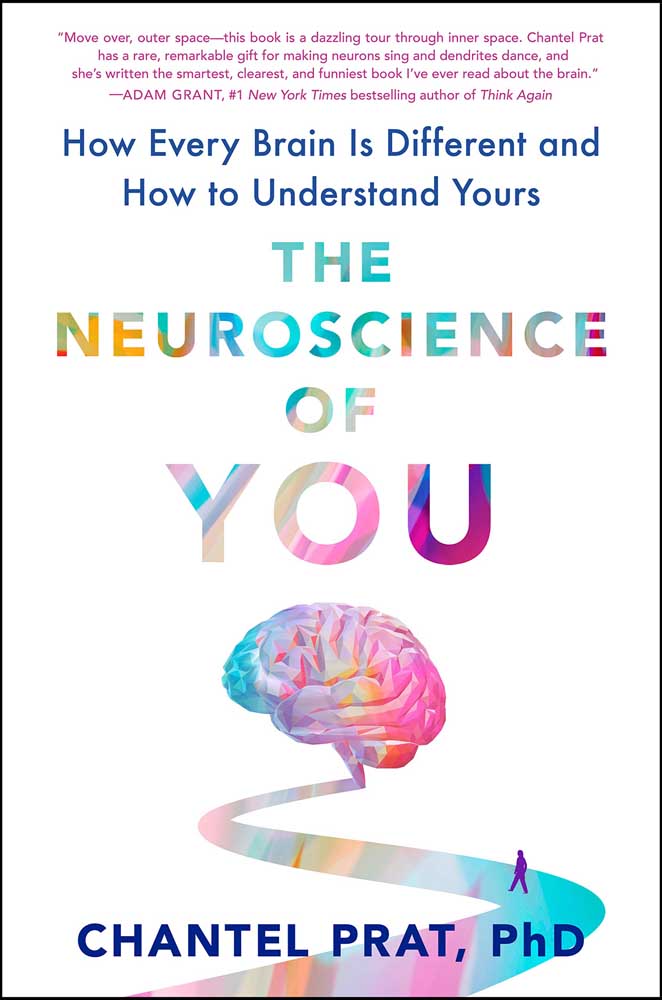Bookmonger: Variations of a brain
Published 9:00 am Wednesday, September 7, 2022

- “The Neuroscience of You” is by Chantel Prat.
“The Neuroscience of You” by Chantel Prat
Dutton – 380 pp – $28
Trending
In a time when the United States seems increasingly polarized, along comes a University of Washington professor who has written a book that may, in its own way, provide a key to bridging some of the chasms that seem to have developed between the folks who live in red or blue states of mind.
That’s because this book has nothing to do with politics.
“The Neuroscience of You” is a tour through research that Chantel Prat has conducted on how brains function. The neuroscientist quickly demonstrates that binary left-brain and right-brain thinking is a simplistic and unhelpful approach to a complicated topic. That topic is one that, paid enough attention, could reveal more useful ways of relating to one another.
In surprisingly winsome fashion, and often with self-deprecating humor, Prat points out that while conventional neuroscience tends to focus on finding commonalities about how the brain works, she thinks it could be more useful to explore the differences that distinguish how individual brains function. Prat is interested in how those differences can impact “not only the way we see the world but the decisions we make about how to behave in it.”
Nature and nurture both play a role, as does internal chemistry. Prat notes countless variables that figure into the way individuals comprehend and respond to stimuli and situations.
In the first section of the book, she discusses how the human brain’s physical configuration of two hemispheres is typically pretty lopsided. This degree of asymmetry – which can vary a great deal from one brain to the next – influences the way the brain processes information.
But Prat also points out that everyone’s brain possesses a unique mix of neurotransmitters: chemical messengers like dopamine and serotonin. Those, coupled with substances like alcohol, caffeine or nicotine that an individual might choose to consume, also shape responses and decision-making.
Over the course of this book, Prat offers readers a series of simple tests to understand more about how their own brains operate. And she addresses the phenomenon of confirmation bias, the tendency to seek out individuals and ideas similar to our own.
But the author encourages readers to try harder to understand the motivations behind different points of view.
She calls this “mind-mindfulness,” and to help us figure out how other people might arrive at conclusions that are different from our own, she lays out steps for reverse-engineering what other folks’ brain decision-making process must have been. (This is perhaps an unintentionally creepy way of phrasing what seems to be a sincere call for more empathy.)
Throughout “The Neuroscience of You,” Prat serves as a cheerful and generous guide. But neuroscience is no stroll in the park. This reader, for one, is going to have to revisit the concepts in this book repeatedly before it all soaks in.









